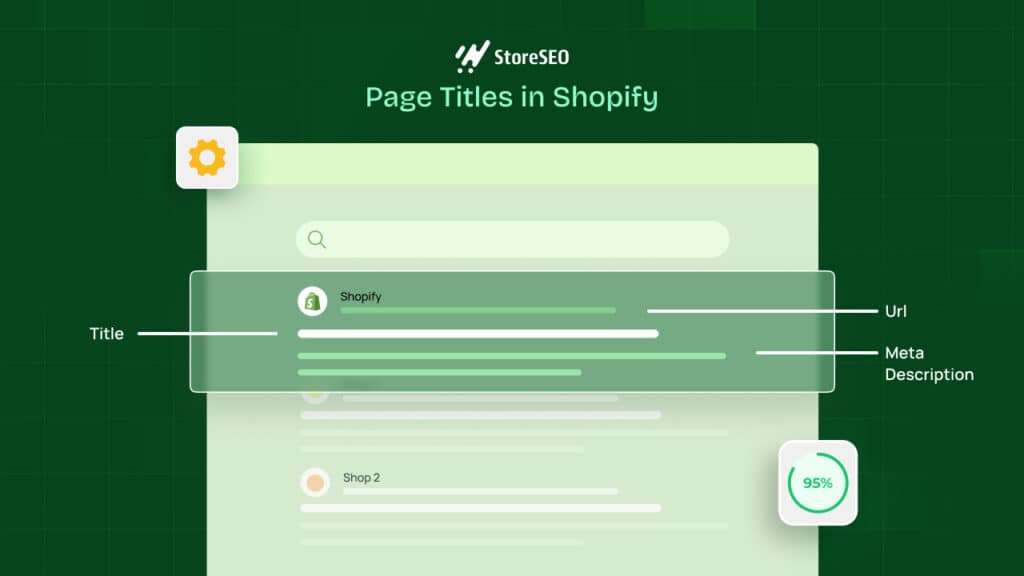Want to better optimize your website for search and boost engagement? Leveraging internal links is a crucial but often overlooked tactic.
Internal links connect different pages within the same website domain to allow visitors to seamlessly navigate between pages on your site. But even more importantly, strategic internal linking provides massive SEO benefits.
In this post, we will cover exactly what internal links are and why internal links for SEO should be a core part of your optimization strategy. We will discuss how thoughtful internal link structures inform search engine crawlers, reinforce page authority, and keep users clicking through your content.
You are also going to learn 15 best practices for placing internal links, like connecting deeper pages to high-traffic homepages. We will also outline common mistakes to avoid, such as broken links.
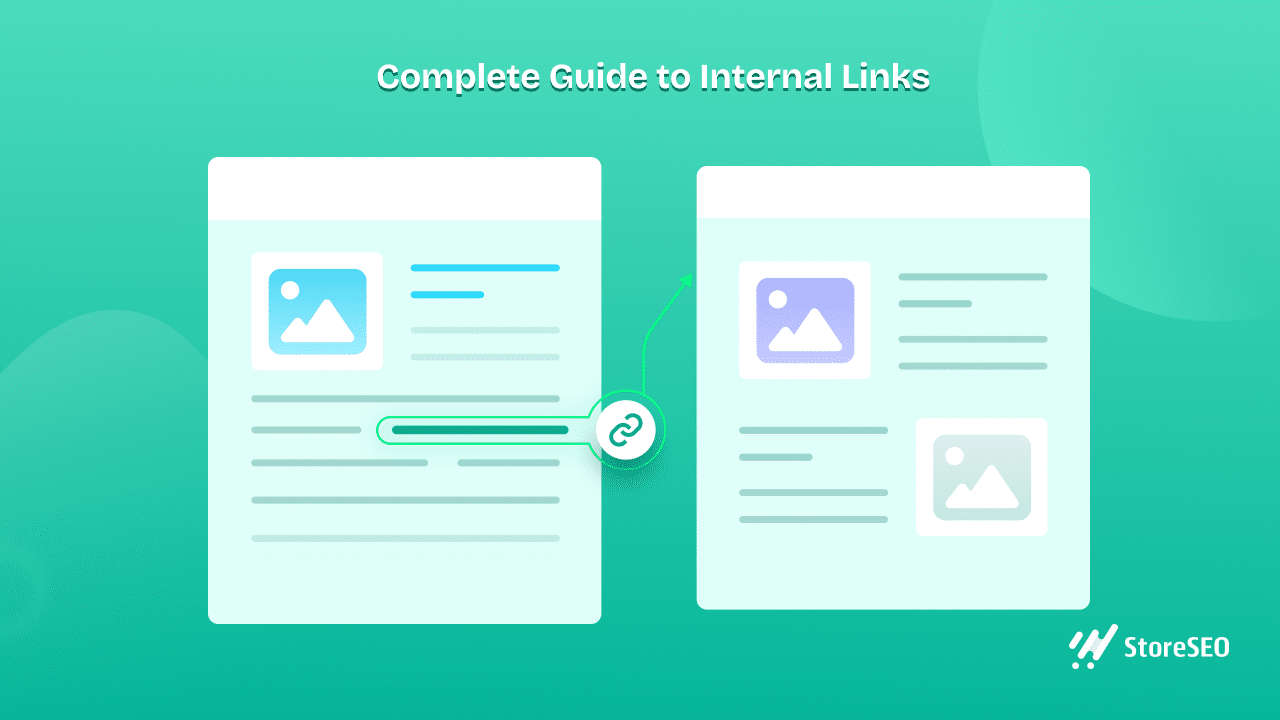
By the end of this article, you will understand why internal links impact rankings and how to leverage them to boost your SEO. So whether you are a beginner or a seasoned pro, you are sure to learn valuable tips and strategies. Let us dive in.
What Are Internal Links? A Quick Overview
Internal links are hyperlinks that connect pages within the same website. They allow visitors to easily navigate between different pages on your site. For example, when you click on a link in the site navigation menu, you are using an internal link to move to another page within your own website.
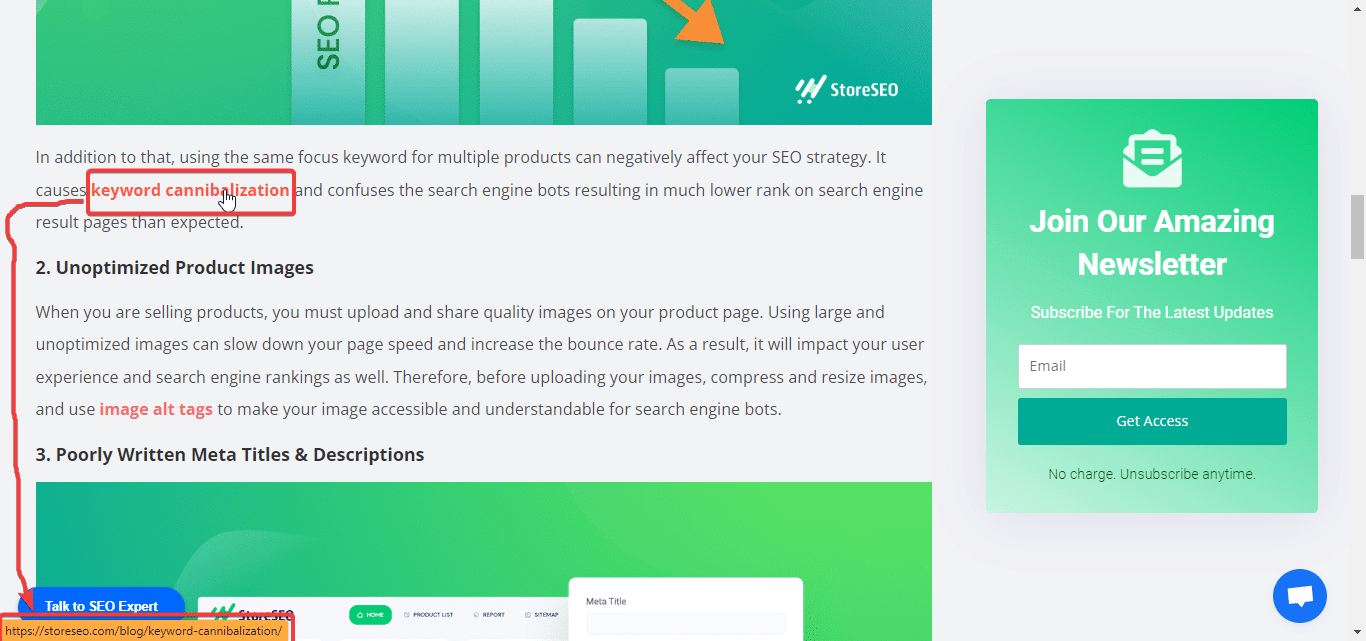
Internal links differ from external links, which point users to other websites (not the one from which you are creating the link). On the other hand, internal links only connect pages within your own domain.
Imagine you are exploring a site about gardening, and you click on a link that says “Best Soil Types.” That is an internal link directing you to another page within the same website where you can dig deeper into soil-related info.
When a user clicks an internal link, they can explore from one page to another on your website. The code behind the link tells the browser which URL to navigate to. For instance, the HTML might show:
<a href="https://www.yourwebsite.com/blog">Visit our blog</a>When clicked, this would take users to the /blog page on your website domain.
There are different types of internal links. Sure, you have the basic ones on your homepage or menu, but there is more to it. Imagine you are reading a blog about plant care, and within the content, there is a link that says, “Choosing the Right Fertilizer.” It is a contextual link for guiding you to more relevant content.
Internal links serve the dual purpose of improving user experience and SEO. They allow visitors to easily explore related content on your site. Search engines also use internal links to crawl, index, and understand the structure of your site. Pages with more internal links pointing to them are signaled as more important.
Why Internal Links Are Important For SEO
Have you ever asked yourself, “How important are internal links for SEO?” Internal links serve three key functions that boost SEO.
First, they help search engines better understand the structure and hierarchy of pages on your site. When you link relevant pages together, you demonstrate how content is connected. This aids search bots in discovering new pages and determining page authority.
Second, internal links pass authority and PageRank between pages on your domain. If an important page has high authority due to external links, it can pass value to other connected pages via internal links. This allows you to strategically boost pages you want to rank well.
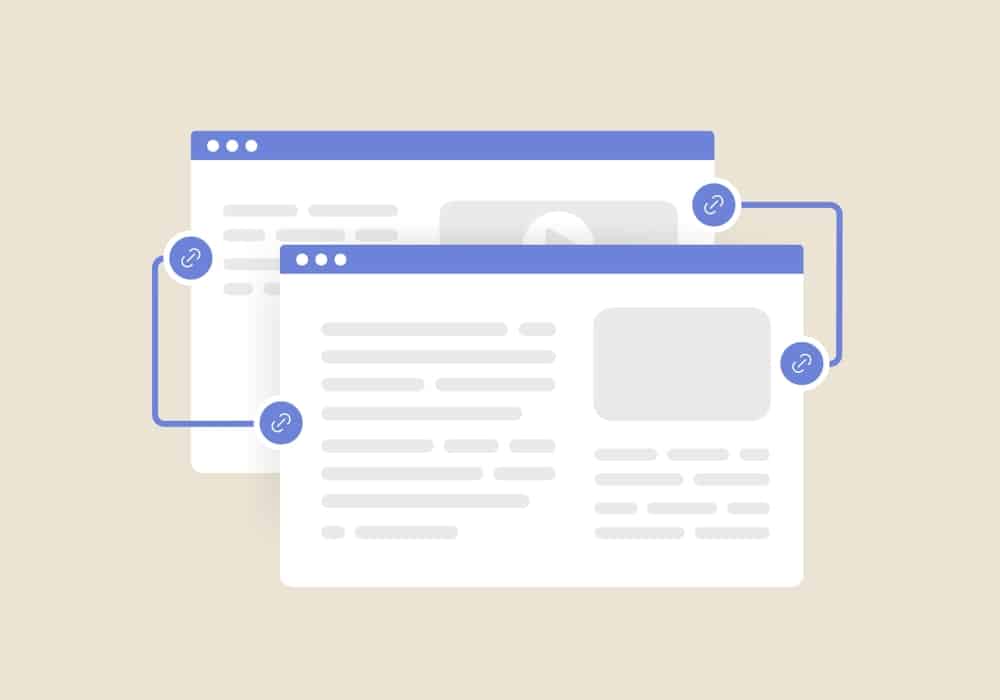
Lastly, internal links significantly improve user experience by facilitating site navigation. Linking related content allows visitors to easily find the information they are seeking. The goal is to keep users on your site engaging with pages and completing conversions.
For example, a blog article about “How To Create a Cleaner Robot” could internally link to product pages with relevant parts. These types of contextual internal links show relevancy between pages. In turn, this signals search engines about page value and keeps users clicking through related content.
In summary, thoughtful internal link structures inform search engine crawlers, pass authority to boost rankings, and keep users engaged on your website. That is why honing your internal linking strategy is a crucial SEO optimization.
15 Practical And Actionable Internal Linking Strategies
Now that you know what are internal links in SEO and what benefits they offer for your website, it is time to act.
Let us demonstrate 15 powerful yet practical strategies on how to build internal links for SEO that you can easily put into action. With a little effort, you may start seeing the SEO dividends and engagement boost before you know it!
Use A Variety Of Anchor Text
Though it is fine if you use keyword-rich anchor text for anchor texts occasionally, you should not do it all the time. Rather, bring variety in the anchor text for linking to any of your pages.
Anchor text gives Google a hint of what a page is actually about. So, you have to make the natural use of anchor text. Do not change the text to force a link only to match the exact keyword of the linked page.
While the anchor text “internal linking” to a blog written on Internal Linking is fine, you can also insert a link for the anchor texts like “connect your pages” or ” link internally” or anything that matches the topic and intent of the linked page.
What Google suggests to avoid is to “use excessively keyword-filled or lengthy anchor text just for search engines.”
So, make sure that your anchor text is not just meant to make the search engines happy. Instead, aim at guiding your visitors to a related page to explore more about a topic.
Use Do-follow Internal Links For SEO
You should know that only the do-follow links are capable of passing the rank to the linked page. So, make sure that all the internal links you use in your website are tagged as ‘do-follow’. Many beginners make the mistake of tagging a link as ‘nofollow’ when they do internal linking.
However, sometimes it can be a bug, app, or a plugin that can tag internal links as nofollow. You should monitor your internal links often to avoid this from happening.
Link From Your Homepage
Usually, most of the websites in the world get the highest traffic on their home page. So, it is the most authoritative page for a website. Also, this page is the most suitable place from where you should link to other pages to pass them rank juice.
For example, our StoreSEO homepage gets the highest traffic (as per Ahrefs’ domain traffic estimation tool) out of all the pages of the website.
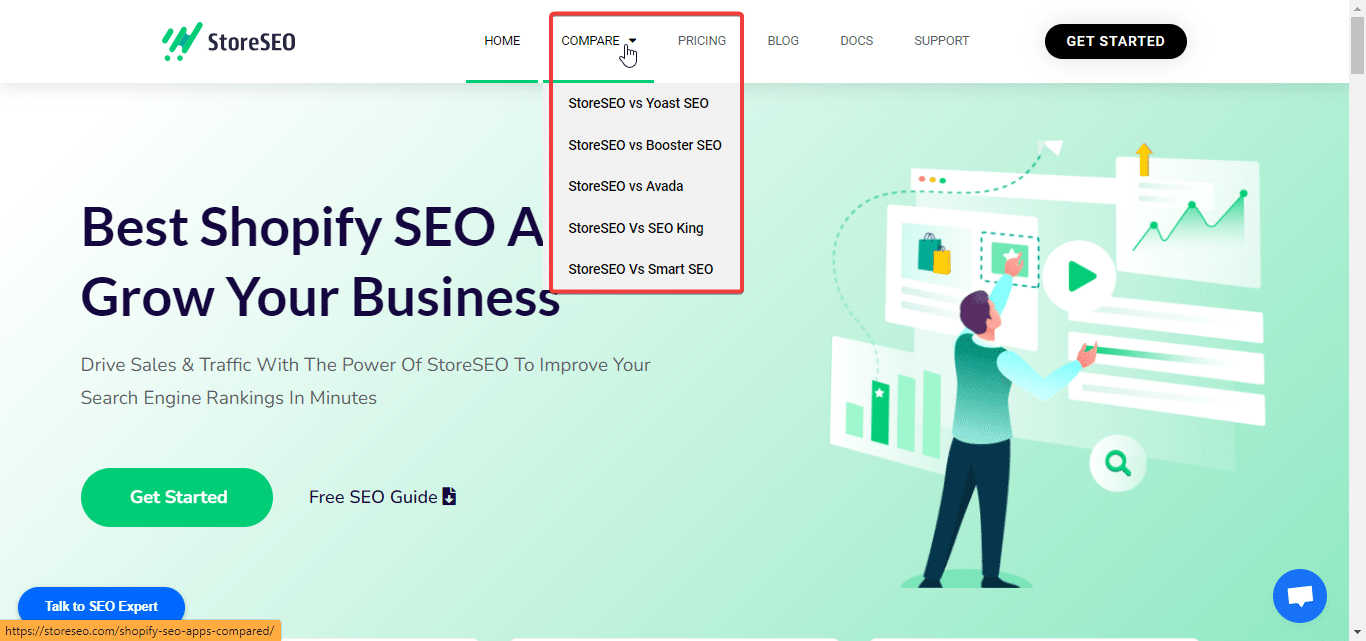
So, we have tried to give links from this page strategically to other important pages of our website, such as the blog feed page and competitor comparison posts. And you know what? We get tons of traffic to these pages (as well as link juice) from our StoreSEO Homepage. You can do the same for your website.
Avoid Too Many Links
How many internal links should you use on a page? Well, it depends (not kidding!) on a variety of factors such as content length, type of page, number of external links, and more.
For example, the internal linking for a blog containing 1000 words in total will differ a lot from a blog containing 3000 words regarding the number of internal link usage. While long-form content might require more internal linking for better clarification, short-form requires a lot less.
Also, the number of internal links would not be the same as the number of internal links on landing pages. So, there is no hard and fast rule on how many internal links to use on a page.
However, Matt Cutts has suggested using a maximum of 100 links (combining internal and external) for a better “user experience”. He argues that more than 100 links per page might be overwhelming for your visitors and might end up giving a bad experience to them. Also, those extra links might pass lesser value to the linked pages. So, it is essential to look at your page from the users’ perspective wearing the ‘user hat’ to determine how many links are enough.
Fix Broken Internal Links
There are several reasons, like deleted pages or mistyped links, that cause the broken link issue. No matter the reason or the type of link, you should take the initiative to fix any broken links on your website as soon as you discover them. Broken internal links disappoint both the search engine crawlers and website visitors by taking them to pages that do not or no longer exist. When a page is not found, usually a 404 error occurs.
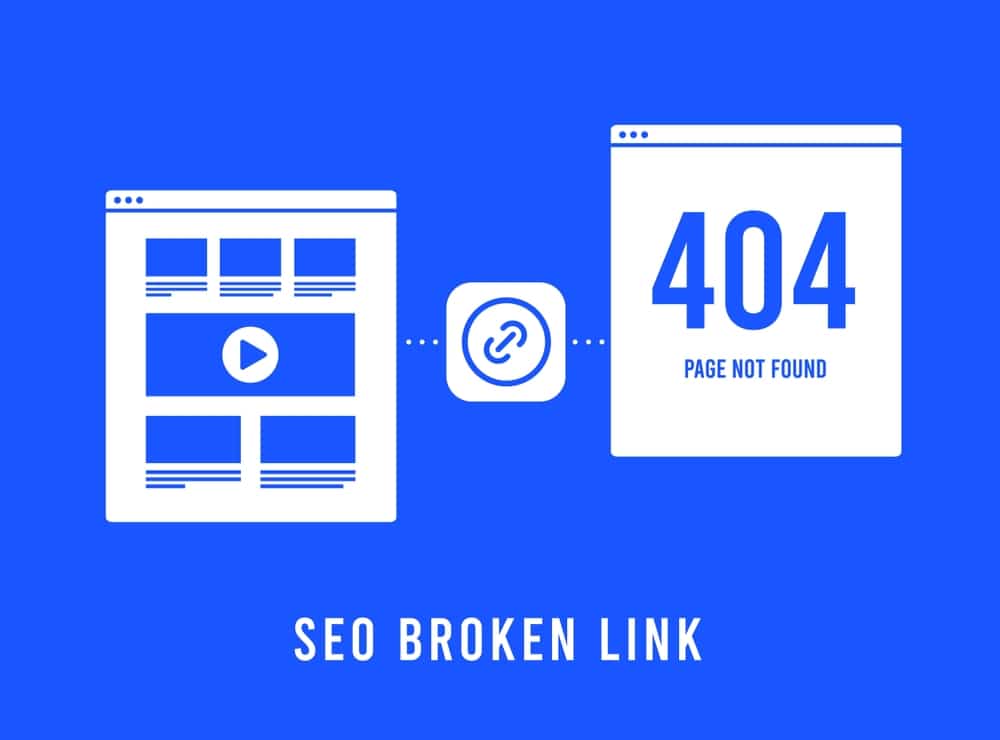
To fix the broken links, you have to do one of the following:
- Remove the broken link entirely
- Replace the broken link with a new active link that works.
- Use a 301 redirect if you have moved a page or you have a similar product or service on another page.
Note that you can use Google Search Console (GSC) and Google Analytics 4 to find out the broken internal links of your website.
Do It Manually Instead Of Using Automation Tools
Though there are multiple link generators out there that automate the internal linking process for you, we do not recommend you use them. If you wonder why, let us clarify the reasons.
First of all, a link generator plugin or app is not capable enough to predict which page requires link juice for ranking and exactly from which page you need to create the link. It is you who knows your website the best. So, if you want to be strategic and get the most out of internal linking, it would be hard with automation tools.
Secondly, automation tools or apps cannot always determine user-friendly internal linking. We mean, they are not powerful enough to find out the most relevant content to link to for an anchor text.
Finally, using an automation plugin may result in anchor text spam when it creates thousands of links for exact-match anchor texts.
For all these reasons, we suggest you go manual with internal linking instead of using any app or tool.
Get Links From Old Pages
If you are doing an SEO audit of your website at regular intervals, you must have a list of all your pages along with the publication date, right? You can make the best out of this list by passing some links from the old pages to the recently published ones based on relevance. It is one of the easiest ways to increase your internal link count by spending just a few minutes.
Put Emphasis On The First Link
If you ever need to place two identical internal links on the same page, it is important for you to know that Google counts only the first anchor text and evaluates it with priority. So, even if you are using multiple anchor text for a similar link, put more emphasis on crafting the first anchor text.
Identify The Piller Pages
One effective internal linking strategy is to start by identifying your site’s pillar pages. Pillar pages are central pages that cover broad topics and link out to more specific, related content.
For example, an e-commerce business site might have a pillar page for “washing machines” that links to different types like “front load vs top load” or “high efficiency.”
The goal of pillar pages is to target high search volume keywords that attract visitors looking for general information. Once on your pillar page, users can then click through to more niche pages once they are ready to dig into specifics. This creates an effective topic cluster model for your site’s architecture.
When identifying pillar page opportunities, look for broad, high-traffic keywords that can act as the top level of your site’s marketing funnel. Avoid choosing topics that are too niche.
Look at eBay, for instance. They have got a pillar page all about “handbags” because that keyword is buzzing with 30,000+ monthly searches. The page breaks down into sections, linking to different types of handbags. Each type, in turn, leads to even more specific product categories. It is like a branching tree of information.
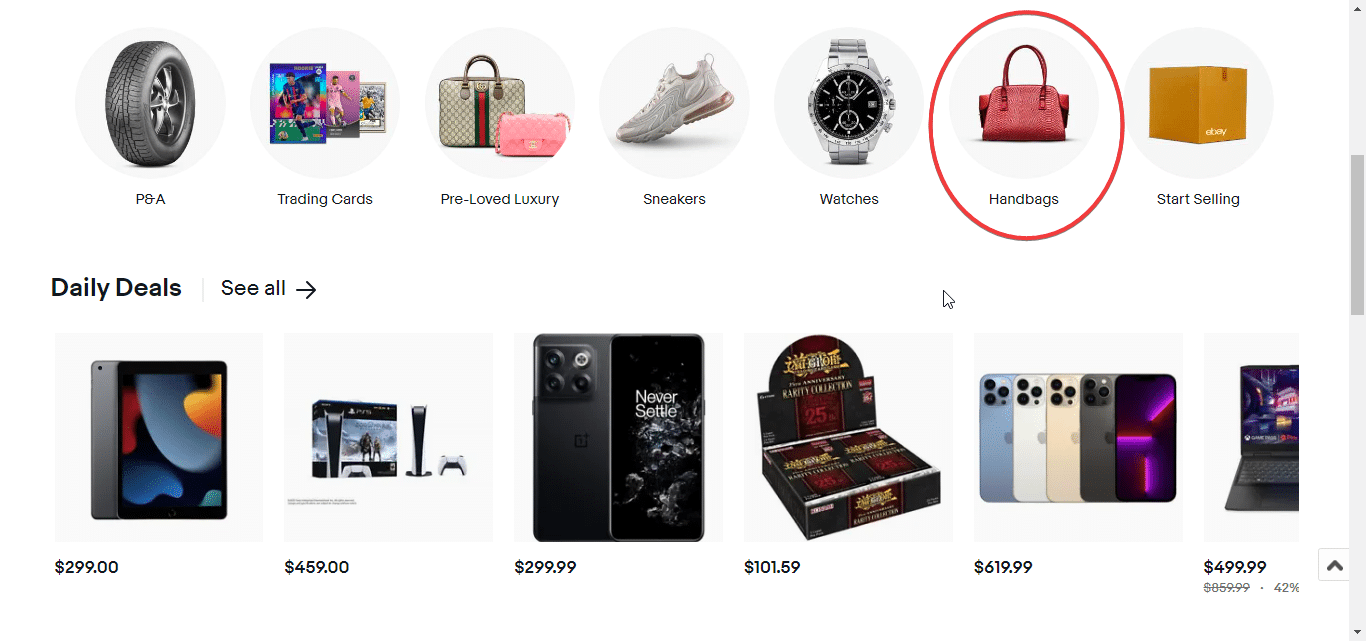
Be careful not to over-optimize and pick too many pillars. Focus on major entry points that provide an overview before drilling down into specifics through internal links. This will help guide visitors naturally through your content. By planning internal linking around pillar pages and clusters, you can greatly improve site navigation and SEO.
Create Topic Clusters Using Internal Links
Imagine your main topic, let us say, “crafting killer blog posts,” as the pillar content. Now, think of related but more specific aspects like “effective headline writing” and “engaging storytelling” as your clusters.
Here is a practical example: if your pillar content is about “healthy recipes,” your clusters might be “nutrient-rich ingredients” and “quick meal prep tips.”
Now, do not stop there—get granular. Take your “quick meal prep tips” cluster and break it down further into subclusters like “time-saving kitchen gadgets” or “easy meal plans.”
The trick? Make sure these subclusters link back to your main pillar. If your subcluster is all about “time-saving kitchen gadgets,” link it back to your main “quick meal prep tips” page. This is not just for show—it tells search engines that your main page is the go-to authority on the broader topic.
To organize this, use a simple spreadsheet for each topic cluster. Jot down ideas, connect the dots, and ensure your links form a web that makes your content easily accessible and authoritative.
Place Your Link At the Top
Yes, you can put an internal link anywhere on your content. But, if your goal is bounce rate reduction and dwell time improvement, you should aim to place your link high up on your page for better on-page SEO.
As the dwell time of users can send a positive signal to Google, internal links in the initial part of your page will increase the dwell time of your visitors as they have something to click on and spend time exploring other pages. So, do not get afraid of adding a link in the intro and other top sections of the page contextually when relevant.
Leverage Internal Links To Help With Indexing
Though Google crawls and indexes pages of your website regularly, it often misses some of your pages for two reasons:
- Your website has way too many pages
- Google’s limited crawl budget.
When any of these happens, it is your turn to use the internal links as your helper to index the pages of your website. By following the internal links to the new pages or unindexed pages, Google can easily find the pages you want to index on it.
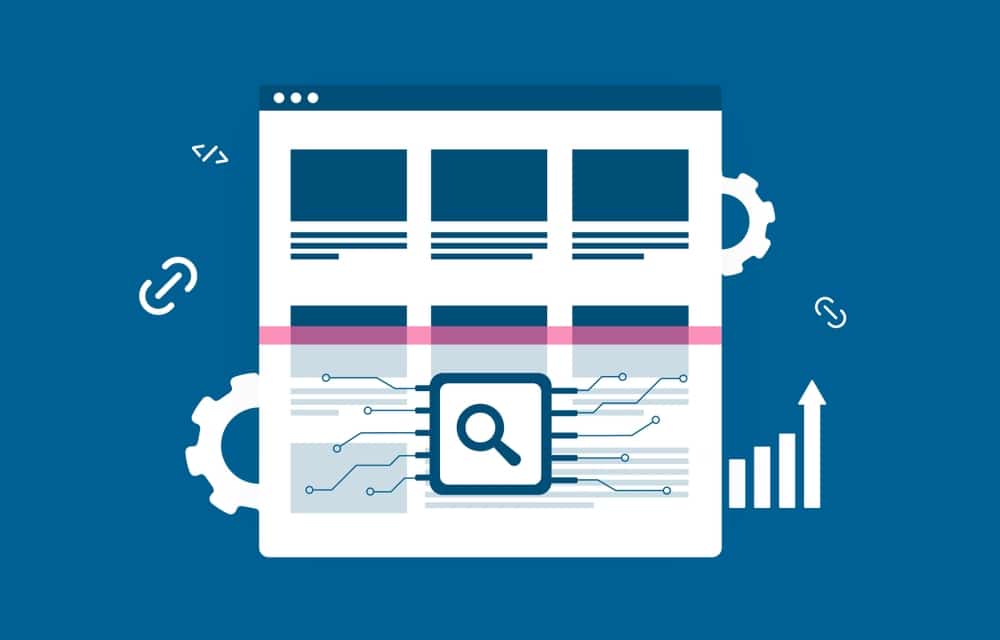
And that is one of the reasons you should try your best to link especially to orphaned pages and any pages with the lowest number of inbound links. So, if you want quick indexing, internal linking is one of the keys to success.
Check Internal Link Structures For Different Devices
John Mueller Tweeted that it is not mandatory for you to create an exactly similar internal link structure for both mobile and desktop versions of a website. What he thinks does matter is crawlability. An internal link must be crawlable from all kinds of devices, no matter the structure.
However, we suggest you try your best to keep the internal linking structure for both the mobile and desktop versions of your website equivalent. However, it is still okay if you cannot do it all the time. What you need to ensure is that your internal links for any devices are smoothly crawlable and similar as much as possible.
Link To Important Pages From Most Performing Pages
Though the internal links you create are not as powerful as the links you get from other websites, they can send link authority to the linked page and thus help your page rank better in search engines. This is the very reason why expert SEOs never underestimate the power of internal linking to rank important pages of your website.
However, it is best to find out the most-performed pages first from your website using tools like Google Search Console and, later on, insert internal links on those pages naturally to the important pages (which you aim to rank).
Avoid Using The Same Anchor Text For Multiple Pages
If you use an exactly similar anchor text for two or more pages, it confuses Google. How? Well, doing that makes Google think that both the pages are on the exact same topic even though they are actually not.
To save Google from this confusion, strive to use descriptive, unique, and dissimilar anchor text for each page while creating internal links.
Start Creating Effective Internal Links For Best Result
In wrapping up our guide to internal links for SEO, we have uncovered the significance of these digital bridges within your website. From understanding what internal links are to unraveling their crucial role in SEO, we have navigated the strategies that turn them into powerful tools for both user experience and search engine ranking.
Now equipped with 15 practical and actionable internal linking strategies, you have the keys to not only structure your site effectively but also enhance its authority and guide users through a purposeful journey.
For continuous insights and strategies to elevate your SEO game, make sure you stay tuned to our blog. Subscribe to our StoreSEO blog for a front-row seat to the latest tips and trends in the dynamic world of digital marketing. Happy linking!


